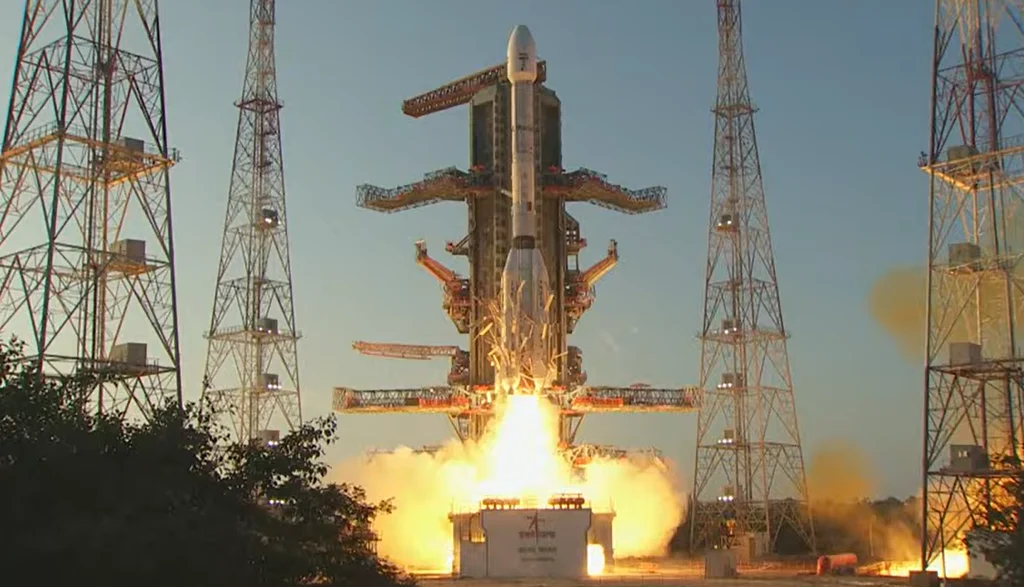India achieved another milestone in its space exploration efforts with the successful launch of the INSAT-3DS meteorological satellite. The satellite was launched aboard a 51.7-meter-long Geosynchronous Satellite Launch Vehicle (GSLV) from the Satish Dhawan Space Centre.
The GSLV lifted off at 7:05 a.m. Eastern on Feb. 17, delivering the INSAT-3DS into geosynchronous transfer orbit. The satellite will be positioned at 74 degrees East in the geostationary belt, approximately 35,786 kilometers above the equator.
Following the launch, S Somanath, chairman of the Indian Space Research Organisation (ISRO), expressed his satisfaction with the mission's success. “I'm very happy to announce the successful accomplishment of the mission GSLV-F14/INSAT-3DS,” he stated. “The spacecraft has been injected into a very good orbit.”
https://www.youtube.com/watch?v=jynmNenneFk
Tomy Joseph, mission director, praised the GSLV rocket, jokingly referring to it as the “Naughty Boy,” noting its transformation into “a very obedient and disciplined boy.”
INSAT-3DS, the sixth satellite in the INSAT series, carries four payloads: a multispectral imager, a sounder payload, a Data Relay Transponder (DRT), and a Satellite Aided Search & Rescue transponder (SAS&R). The mission, funded by India's Ministry of Earth Sciences (MoES), is expected to enhance environmental monitoring, improve weather forecasting, and support emergency response efforts.
The launch of INSAT-3DS marks India's second successful launch of 2024, following the deployment of the XPoSat X-ray astronomy satellite on Jan. 1 (UTC). India's space agency, ISRO, aims to conduct 30 launches over a 15-month period, marking a significant increase in launch activity compared to previous years.
In addition to the Gaganyaan human spaceflight program's test flights and the launch of the European Space Agency's Proba 3 spacecraft, ISRO has also reaffirmed its commitment to sustainable space exploration. This commitment was demonstrated by the controlled reentry of the Cartosat-2 high-resolution imaging satellite into Earth's atmosphere on Feb. 14, following its orbit reduction in early 2020.
Cartosat-2: Atmospheric re-entry
🛰️ Cartosat-2, ISRO's high-resolution imaging satellite, bid adieu with a descent into Earth's atmosphere on February 14, 2024, as predicted.ISRO had lowered its orbit from 635 km to 380 km by early 2020.
This strategic move minimized space… https://t.co/HJCWONymS9
— ISRO (@isro) February 16, 2024
